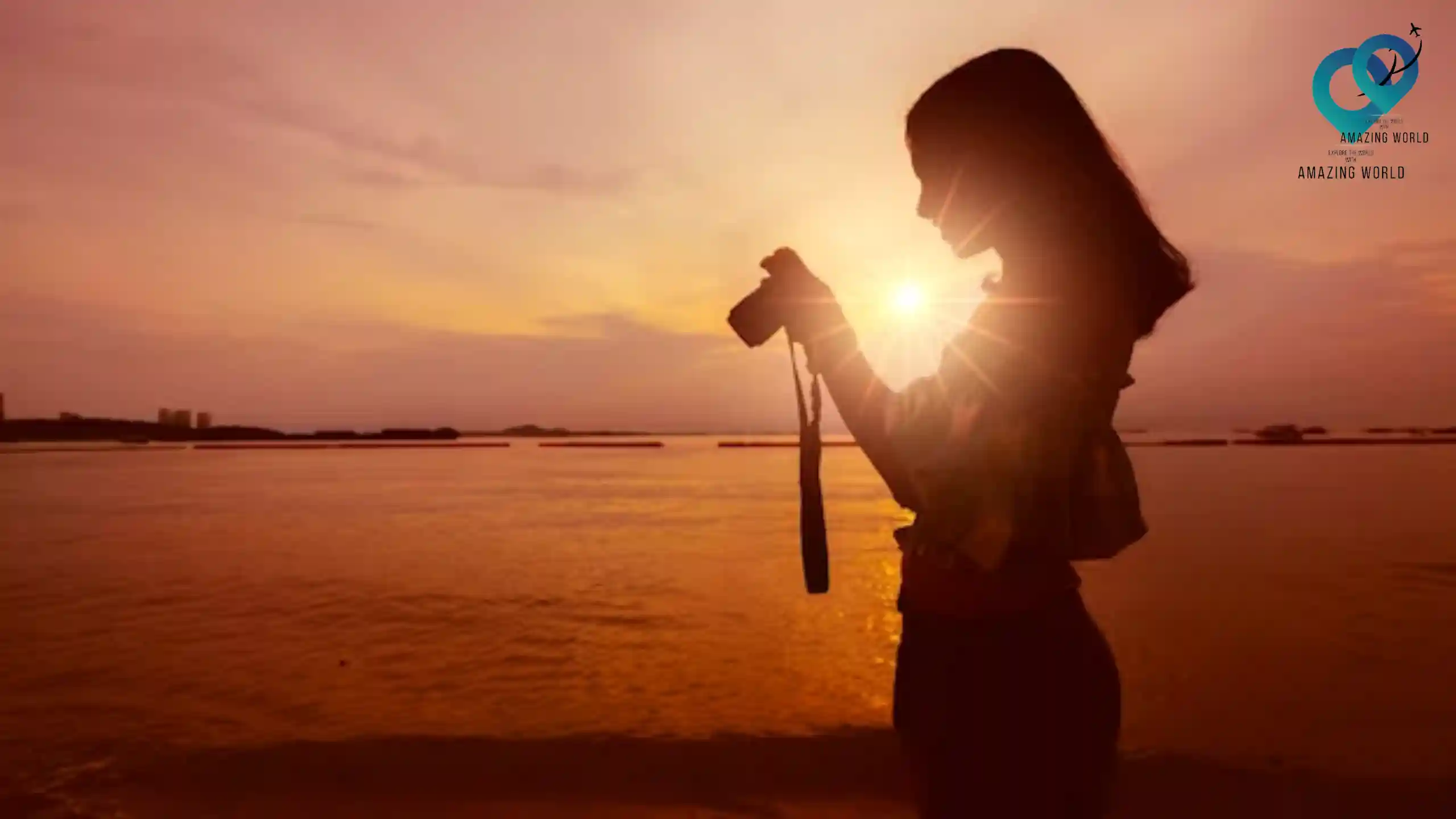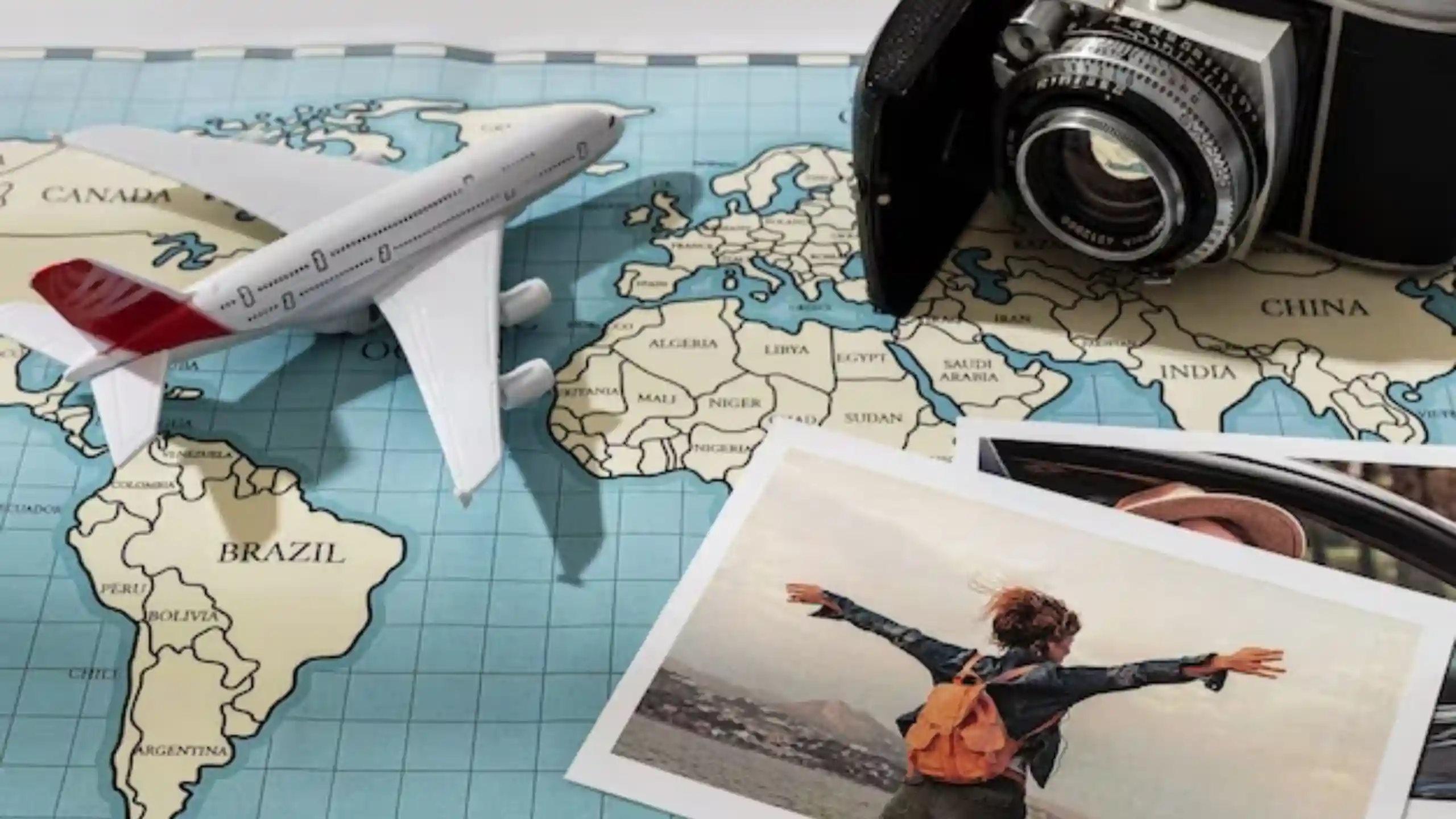Food Photography Tips For Travellers

Embarking on a culinary expedition transcends the mere consumption of dishes; it’s an exploration of flavors, cultures, and visual narratives. Welcome to the realm of travel food photography, where every click captures not just a meal, but an entire world of experiences.
From savoring local delicacies amidst vibrant markets to witnessing the skilled hands of chefs crafting edible art, this is a journey that intertwines the love for travel and the art of visual storytelling.
In this guide, we unveil the secrets of mastering travel food photography tips, allowing you to document the essence of culinary cultures with your lens.
Let’s dive into the nuances of composing captivating images that preserve the moments, the flavors, and the heartfelt stories behind every dish.
What is culinary (food) photography?
Culinary photography is a captivating art form that involves the skilled capture of food in a way that appeals to the senses and stimulates visual appetite. It’s the fusion of culinary creativity and photographic skill, where dishes are transformed into visual masterpieces.
This genre of photography not only showcases the beauty of food but also tells stories about cultures, traditions, and flavors. Culinary photography offers a way to celebrate the aesthetics of gastronomy and immerse viewers in the world of taste and presentation.
- Visual Storytelling: Culinary photography is not just about snapping images of food; it’s about conveying emotions, memories, and experiences.
- Composition and Lighting: Mastering the interplay of lighting and composition is essential to highlight textures, colors, and details in food.
- Cultural Insight: It allows photographers to explore the deeper meaning of dishes, their origins, and the stories they tell.
Food Photography Vs. Travel Food Photography
Food photography is the art of capturing food in its most enticing form, often in controlled environments like studios or kitchens. It focuses on presenting dishes in visually appealing ways, using lighting, composition, and styling techniques to make the food look irresistible on camera. Food photographers work to highlight the textures, colors, and intricate details of the dishes, often collaborating with chefs and food stylists to achieve the perfect shot.
Travel food photography expands beyond the confines of a studio. It encompasses capturing food within its cultural, geographical, and social context. This style emphasizes not only the dish itself but also the location, people, and experiences associated with it. Travel food photographers seek to tell a broader story, capturing the essence of a place through its cuisine. This form of photography transports viewers to different parts of the world and allows them to explore the culinary landscape through images.
The Different Types of Food Photography
Plated Food Photography: Plated food photography involves arranging dishes on plates with careful attention to detail, presentation, and styling. Photographers work to create visually appealing compositions that highlight the colors, textures, and layers of the dish. This style often includes props and backgrounds that enhance the overall aesthetics of the image.
Ingredient-Centric Photography: Ingredient-centric photography zooms in on the raw materials that make up a dish. It celebrates the beauty of individual ingredients, showcasing their textures, colors, and natural forms. This style is often used to evoke a sense of freshness and authenticity in food imagery.
Culinary Journey Photography: Culinary journey photography goes beyond capturing individual dishes. It documents the entire culinary experience, from exploring local markets and street food to interacting with people involved in the food industry. This style aims to capture the stories and emotions associated with the process of food preparation, consumption, and cultural significance.
Top Travel Food Photography Tips for Travelers

- Research and Immerse: Before your trip, delve into the local food culture and traditional dishes of the destination you’re visiting. Understanding the significance of different foods will allow you to appreciate and capture their context better.
- Golden Hour Advantage: Take advantage of the soft, warm lighting during the golden hour—shortly after sunrise or before sunset. This natural light enhances the colors and textures of your food, making it appear even more inviting.
- Contextual Storytelling: Instead of isolating the dish, incorporate the local environment and cultural elements into your photographs. This adds depth to your images and provides viewers with a visual journey into the culinary culture of the region.
- Capture Authentic Moments: Beyond the food itself, focus on capturing genuine interactions with locals. Photograph people enjoying meals, chefs preparing dishes, and the expressions of delight on diners’ faces. These authentic moments help convey the emotions tied to the food.
- Experiment with Composition: Play with various angles, framing techniques, and compositions to create unique visual narratives. Try capturing close-ups of food textures, wide shots of bustling food markets, and shots that encompass both the dish and its surroundings.
- Local Ingredients and Details: Highlight the unique ingredients and flavors of the region by zooming in on specific elements. Capture the intricate details of spices, herbs, and local produce that contribute to the authenticity of the cuisine.
- Avoid Over-Editing: While post-processing can enhance images, be cautious not to over-edit. Strive for a natural look that accurately represents the colors and textures of the food you experienced.
- Travel Light: Consider carrying a compact camera or smartphone for spontaneous shots. Traveling with less equipment allows you to move freely and capture candid moments without the weight of heavy gear.
- Patience and Observation: Take your time to observe food preparation, local customs, and the way people interact with dishes. Patience often leads to capturing the perfect shot that tells a compelling story.
- Embrace Uniqueness: Embrace the local specialties and foods you may not have encountered before. Don’t shy away from trying new dishes, as these unique culinary experiences can translate into captivating images.
Remember, travel food photography is about more than just food—it’s a way to transport your audience to new places and cultures through images that evoke the senses and emotions tied to the cuisine.
Pros and Cons of Food Photography
Pros of Food Photography:
- Artistic Expression: Food photography allows for creative expression and experimentation.
- Cultural Exploration: It provides a platform to explore and appreciate diverse culinary traditions.
- Engagement and Sharing: Sharing food photographs online can connect with a global community and spark conversations.
- Aesthetic Appreciation: Food photography celebrates the beauty of food presentation and culinary artistry.
Cons of Food Photography:
- Time Sensitivity: Food changes appearance quickly, requiring rapid and efficient photography.
- Technical Challenges: Achieving ideal lighting and composition can be complex, especially in various settings.
- Post-Processing Effort: Enhancing colors, textures, and overall appeal during post-production demands time and skill.
Things to Avoid
- Overwhelming Styling: Excessive use of props or elaborate settings can distract from the main subject—the food.
- Unflattering Lighting: Harsh lighting can create unappealing shadows and alter the perception of the dish.
- Ignoring Composition: Poor arrangement and cluttered backgrounds can diminish the visual impact of the image.
- Lack of Planning: Failing to research and prepare can result in missed opportunities for capturing the best shots.
Conclusion
Culinary photography is a captivating fusion of artistic expression and gastronomy. From plated food to ingredient-centric shots, this genre celebrates the beauty and cultural significance of food. Travel food photography takes this concept a step further by contextualizing dishes within their environments, telling stories that transport viewers to different parts of the world.
Despite the challenges, the pros of culinary photography far outweigh the cons, offering a platform for creativity, cultural exploration, and online engagement. By avoiding common pitfalls and learning from mistakes, photographers can elevate their food imagery and create compelling visual narratives.
How much did you like Our detailed Food Photography? Review Also, please share these Blogs with your friends on social media.
Related Article –
- Road Trips Ideas | 12 Tips to Prepare Your Car for a Long Road Trip?
- 150 Best Places to Visit in the United States In 2023
- Road Trip With Kids
- How to Stay Awake While Driving Long Distances
- Audiobooks to Listen to On Your Road Trip
- How to Create an Epic Itinerary Road Trip
- Best Rental Cars For Travel Adventures
Food Photography FAQ
How can I tell stories through food photography?
Infuse emotion by including context (hands, utensils), showcase the cooking process, capture interactions, and set the scene to tell a culinary story.
How can I make colors and textures pop in photos?
Use natural light, play with composition, choose props wisely, and enhance images in post-processing to bring out vibrant colors and textures.
How do I capture fleeting moments in food photography?
Prepare beforehand, use continuous shooting mode for a series of shots, capture interactions, and opt for candid, unstaged images for authenticity.
How can I handle low-light situations in food photography?
Use a tripod for stability, open up your aperture (low f-stop), experiment with slow shutter speeds, and consider introducing controlled artificial lighting.

Meet David Hoper, a passionate travel Blog writer with 7+ years of experience in travel content. Through his exemplary storytelling and engaging narratives, he shares his experiences and brings destinations to life. With a keen eye for detail and a love for exploration, he has cultivated a diverse portfolio of travel blogs that inspire and inform readers worldwide.







